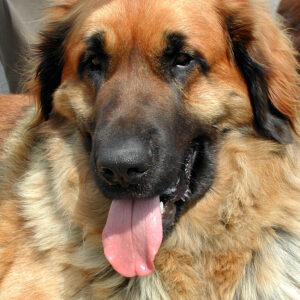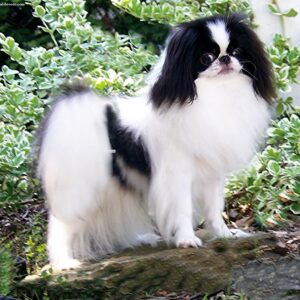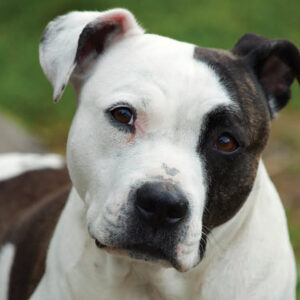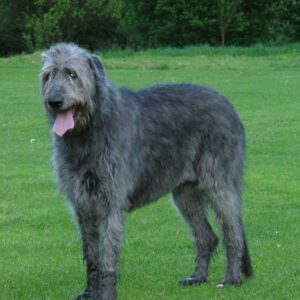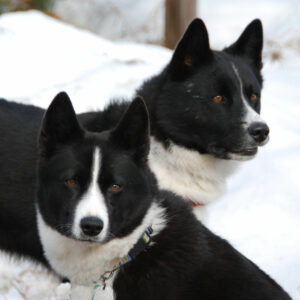If you’re thinking about adding a furry friend to your family, consider the spunky and lovable Dachshund! These little dogs have captured the hearts of many with their unique physique and vibrant personalities. Keep reading to learn everything you need to know about this beloved breed.
History
The Dachshund, also known as the “Wiener Dog,” was originally bred in Germany in the 15th century. Their elongated bodies and short legs made them ideal for hunting badgers, a popular pursuit at the time. Over time, the breed’s hunting prowess extended to other animals like rabbits and foxes. Today, the Dachshund is a beloved family pet, though they maintain a strong hunting instinct.
Interestingly, Dachshunds were popular with European royals, including Queen Victoria and the Prince Consort of Denmark. These regal owners worked to preserve and develop the breed, making it the beloved house pet it is today.
The popularity of the breed took off in the United States during the 20th century, and today, the Dachshund is a beloved household companion in many parts of the world.

Location of Origins
As mentioned, the Dachshund is a German breed that was popularized for their ability to hunt badgers. Their elongated body and short legs is tailored to this particular type of hunting, as they need to be long enough to fit into a burrow, but short enough to maneuver around underground obstacles. The breed’s name derives from “Dachs,” meaning badger, and “hund,” meaning dog.
Today, Dachshunds are beloved pets all around the world. Their charming personalities and unique appearance ensures their enduring popularity.

Characteristics
Dachshunds are known for their distinctive physique, which is unlike that of any other breed. Their elongated body is held up by four short, sturdy legs. The breed comes in three sizes – standard, miniature, and toy – and the coat can be smooth or long-haired.
Despite their unusual appearance, Dachshunds are known for their big personalities. These dogs are spunky, curious, and full of energy. They make excellent family pets, though they have a tendency to bond closely with one particular person. Despite their small size, Dachshunds are surprisingly brave, and will stand up to any perceived threat, no matter how large.
As Dachshunds were originally bred for hunting, they do have a tendency to be stubborn and independent. This means that they can sometimes be difficult to train, but with the right approach, they can be taught various tricks and behaviors.
Dachshunds are known for their love of food, so be careful not to overfeed these little guys! Obesity can lead to a number of health problems, so it’s important to establish a healthy diet for them from an early age.
Choosing the Best Foods
The best food for your Dachshund will depend on a number of factors, including their age, size, and activity level. As mentioned, Dachshunds love to eat, so it’s important to manage their food intake and ensure they’re getting all the nutrients they need.
When choosing a food for your Dachshund, look for one that is high in protein, as this will help support muscle growth and maintenance. Additionally, make sure the food is nutritionally balanced, with a mix of lean protein, healthy fats, and essential vitamins and minerals. Avoid foods that are high in grain, as these can be difficult for some dogs to digest and can cause tummy troubles.
It’s important to feed your Dachshund on a regular schedule, and to give them plenty of water throughout the day. Keep an eye on their weight, and adjust their food intake as needed to keep them at a healthy weight.

Training
As mentioned, Dachshunds can be stubborn and independent, which can make training a bit challenging. However, with patience and positive reinforcement, most Dachshunds can be successfully trained.
When training your Dachshund, focus on establishing yourself as the pack leader. This means being firm and consistent with commands, and establishing clear boundaries and rules for behavior. Dachshunds can be prone to separation anxiety, so it’s important to teach them early on that it’s okay to be left alone for periods of time.
Positive reinforcement is key when training a Dachshund. This means rewarding good behavior with treats, praise, and affection. It’s important to avoid punishment or negative reinforcement, as this can lead to fear and mistrust.
One area in which Dachshunds excel is agility training. Their unique physique makes them natural climbers and burrowers, and many Dachshunds enjoy the challenge of an agility course. This type of training can also be a great way to bond with your pet and to burn off some of their excess energy.
If you’re having trouble training your Dachshund, consider working with a professional trainer. A good trainer can help you to establish clear communication with your pet, and can provide helpful tips and strategies for dealing with behavior issues.
Taking Care
As with any pet, taking care of a Dachshund involves a number of responsibilities. One of the most important is regular exercise. While Dachshunds are small in stature, they have plenty of energy, and need to be walked or played with regularly.
In addition to exercise, it’s important to provide your Dachshund with proper veterinary care. This includes regular check-ups, vaccinations, and dental care. Regular brushing can help to prevent dental issues like gingivitis and tooth decay.
Dachshunds are prone to a number of health issues, including back problems and obesity. To keep your pet healthy, it’s important to monitor their weight, and to avoid activities that could put unnecessary strain on their backs.
Finally, remember that Dachshunds are social animals who crave interaction with their human family. Make sure to provide plenty of affection, attention, and socialization opportunities to keep your pet happy and healthy.
FAQs
Q: Are Dachshunds good with kids?
A: Yes! Dachshunds can make great family pets, and are known for their affectionate and loyal personalities. However, as with any pet, it’s important to supervise interactions between children and dogs to ensure everyone stays safe.
Q: Do Dachshunds shed a lot?
A: This depends on the type of coat your Dachshund has. Smooth-coated Dachshunds do shed, but their short fur is relatively easy to manage with regular brushing. Long-haired Dachshunds shed less, but their fur requires more grooming to prevent tangling and matting.
Q: How long do Dachshunds usually live?
A: With proper care, a Dachshund can live up to 14 years or more.
Conclusion
Whether you’re a fan of their unique physique, big personalities, or hunting instincts, there’s no denying that Dachshunds are a beloved breed for many people. With proper care, nutrition, and training, a Dachshund can be an excellent companion for years to come.

